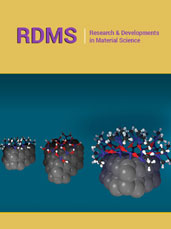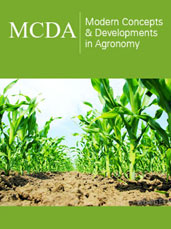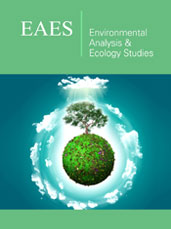- Submissions

Abstract
Novel Techniques in Nutrition and Food Science
Quality of Coffee Beverage Fermented by Commercial and Wild Microorganisms: Compared by Physicochemical and Sensory Analyses
-
Open or CloseSandy R Dias1, Cintia da Silva Araújo2, Leandro L Macedo3, Flávia de Abreu Pinheiro3 and Wilton S Cardoso3*
1Federal University of Lavras, Department of Food Science, Brazil
2Federal University of Espírito Santo, Department of Food Engineering, Brazil
3Federal Institute of Espírito Santo, Department of Food Science and Technology, Brazil
*Corresponding author:Wilton S Cardoso, Federal Institute of Espírito Santo, Department of Food Science and Technology, Brazil
Submission: June 06, 2024;Published: September 05, 2024

Volume8 Issue1 September 05, 2024
Abstract
The controlled fermentation of coffee improves the quality of the beverage. This study aimed to evaluate the quality of Arabica coffee using inoculants of both commercial and wild microorganisms for wet coffee fermentation and to assess the final quality of the fermented coffees using these different starter cultures. The musts were evaluated for reducing sugar content using the DNS method over fermentation time and the coffee beans (green and roasting) were assessed for soluble protein content using the Bradford method, reducing sugars and sensory quality analysis through cupping tests. The reducing sugar content of the musts decreased after 24 hours of fermentation for all treatments, except for the commercial yeast Saccharomyces cerevisiae Safbrew T-58, where this parameter was statistically equal after 48 hours of fermentation, reaching 0.01%. After fermentation, the green beans showed similar levels of soluble proteins and total reducing sugars for all treatments, with minimally significant differences observed. The soluble protein content decreased (on average 82.2%), while the reduced sugar content increased (on average 76.2%) after coffee roasting. All treatments were classified as specialty according to the SCA, although no significant differences were observed. Fermentation using the commercial yeast S. cerevisiae Safbrew T-58 obtained the highest score (84.7 pts). Therefore, it was found that wet fermentation using microorganisms isolated from coffee and commercial ones improved coffee quality and presented different sensory descriptors in the different treatments.
Keywords:Arabica coffee; Coffee quality; Starter culture; Isolated microorganisms
 a Creative Commons Attribution 4.0 International License. Based on a work at www.crimsonpublishers.com.
Best viewed in
a Creative Commons Attribution 4.0 International License. Based on a work at www.crimsonpublishers.com.
Best viewed in 







.jpg)






























 Editorial Board Registrations
Editorial Board Registrations Submit your Article
Submit your Article Refer a Friend
Refer a Friend Advertise With Us
Advertise With Us
.jpg)






.jpg)














.bmp)
.jpg)
.png)
.jpg)










.jpg)






.png)

.png)



.png)






